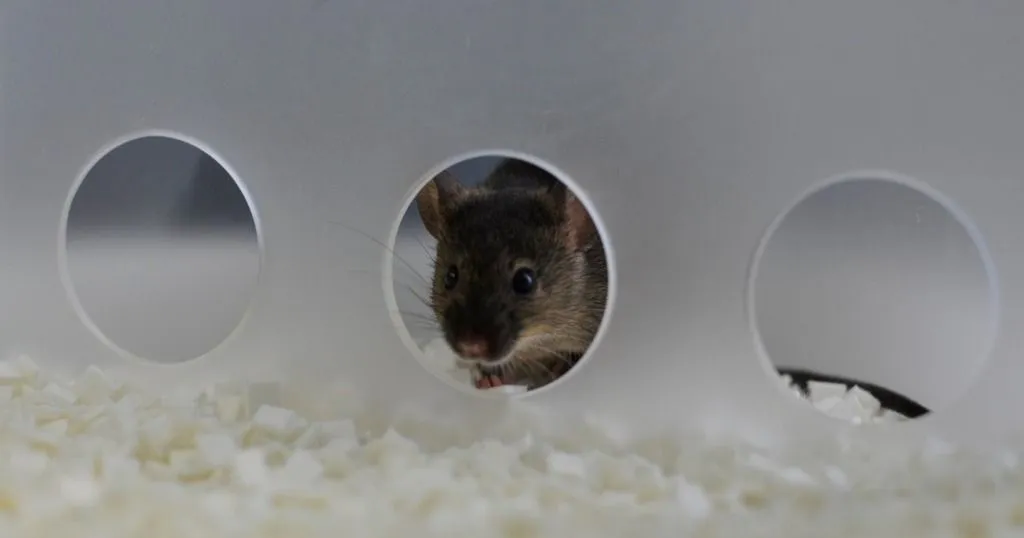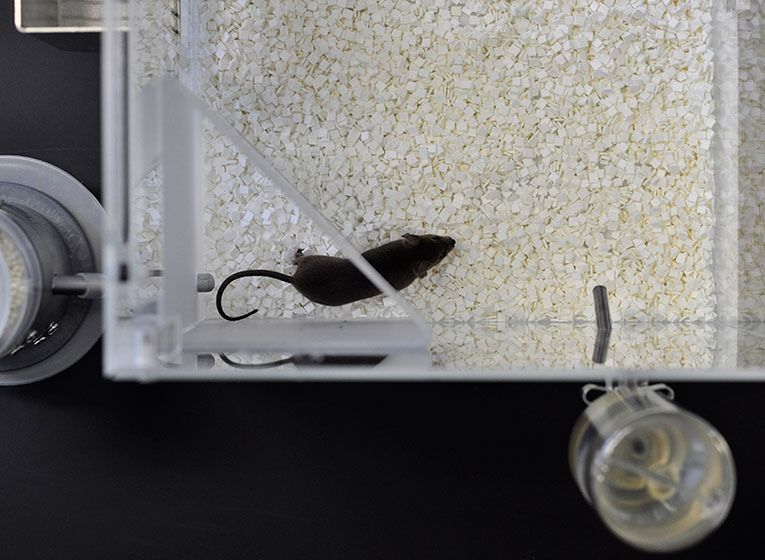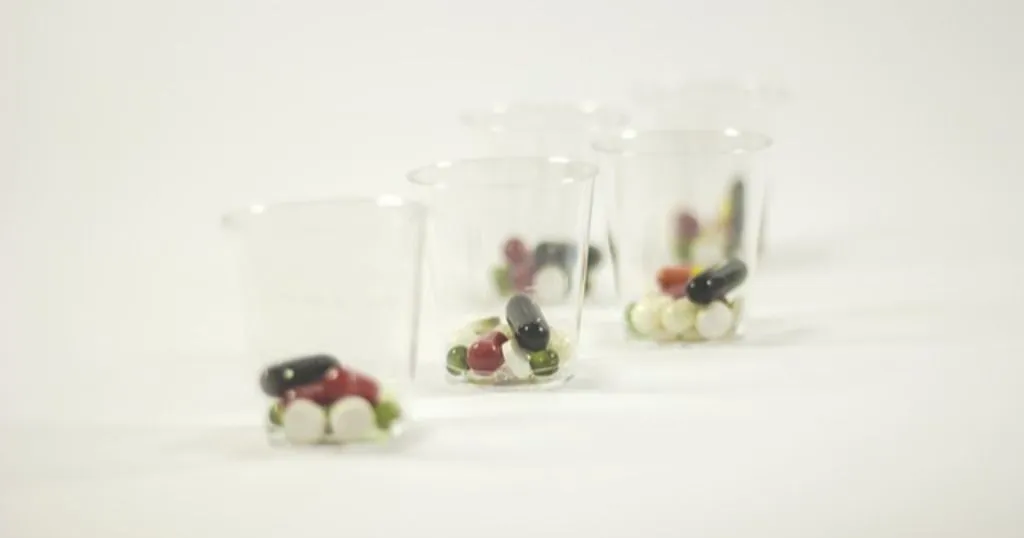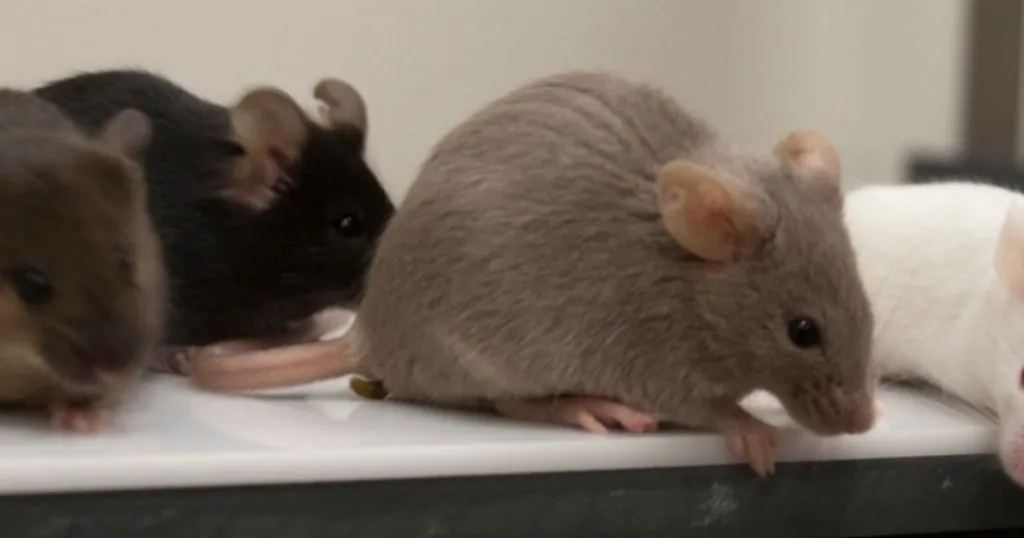Unlocking the link between CNS infections and cognitive decline
Bacterial infections in the brain can have lasting effects even after recovery. In this blog we will look a study that used PhenoTyper and the CognitionWall to study the mechanisms behind this cognitive impairment.
Posted by
Published on
Tue 05 Dec. 2023
Topics
| Brain Research | Cognition | EthoVision XT | Neuroscience | PhenoTyper |

Bacterial infections can be very harmful to our body. This is especially true in the central nervous system (CNS), where infections can lead to cognitive decline. A recent study shows that experiencing a CNS infection increases the risk of developing a form of dementia [1]. A key cause of the neurological damage is inflammatory responses to the infection. In this blog we will explore a research paper by Cassidy and colleagues that aims to explore the underlying mechanisms of these neurological complications using the PhenoTyper with the CognitionWall [2].

Studying brain infection with a mouse model
For this study Cassidy et al., injected Listeria monocytogenes (Lm) into eight-week-old mice. Lm is a food borne bacteria that invades the brain and can cause neurological complications after infection. Lm is a traceable model organism, which makes is especially useful to study immune responses to CNS infections.
The researchers injected D57BL/6J mice with either phosphate buffered saline or PBS containing a strain of Lm. In this experiment two different strains of Lm were used. The first was the Lm 10403s strain (which is lethal to the mouse without antibiotic treatment), and a mutant strain that has the gene that encodes for listeriolysin O deleted. This mutant does not invade the brain. After injection, the mice were provided with antibiotics.
The CognitionWall was used to assess cognitive ability of the mice. The mice were observed in the PhenoTyper using EthoVision XT. The combination of the PhenoTyper cage and EthoVision XT tracking software allowed the researchers to observe the animals and conduct tests without having to handle the animals or be present, minimizing the influence of humans.
How do you test learning behavior?
The CognitionWall is an add-on for the PhenoTyper cage that assesses both discrimination learning and reversal learning. The CognitionWall contains three holes that the mouse can enter to gain a food reward. When a mouse enters the area through the correct hole it receives a food reward. The recording of the mouse movement and the dispensing of the food reward are all controlled by EthoVision XT using the Trial and Hardware Control Module.
The number of entrances or any combination of correct response can be programmed into the system. Cassidy et al. also changed the protocol to test if the mouse was able to extinguish the previously learned behavior and learn how to obtain the new reward. Reversal learning is more complex as it involves multiple brain regions, like the hippocampus, amygdala, orbitofrontal-frontal cortex, and dorsal striatum in humans.
Bacterial infection causes cognitive decline
Cassidy and colleagues were able to show that mice that had recovered from a Lm infection had lower performances in both learning and extinction of learning tasks. Although slight differences were shown as early as one month after infection, the most significant results were observed four months after infection. Furthermore, the strongest cognitive decline was found in the neuro invasive strain, as opposed to the mutant strain. This was due to a persistent neuronal inflammation.
However, mice injected with the mutant strain showed cognitive decline compared to the control. The underlying mechanism is most likely related to the trigger of systematic cytokines in response to the infection. This was not explored further by the researchers but does suggest that the cognitive decline is not solely caused by cellular infiltration of the bacteria into the brain.
Interestingly, mice infected with the neuro invasive Lm showed decreased movement, which is also something that has recently been observed in humans suffering from cognitive impairment.

Furthering understanding of infection in the brain
The authors state that it is important to perform more experiment with different strains of Lm, especially a strain that causes brain inflammation while not invading the brain. Furthermore, they conclude that a broader study is necessary that looks at a more diverse age group and sex of the mice (since only male mice of a specific age were used in the study).
The ability to understand and measure the effects of these infections on cognitive functioning is a key step towards identifying how different infections affect the brain through neuro toxic actions. This information is vital towards developing effective therapies for minimizing cognitive decline after an infection.
References
[1] Sipilä, P.N.; Heikkilä, N.; Lindbohm, J.V.; Hakulinen, C.; Vahtera, J.; Elovainio, M.; Suominen, S.; Väänänen, A.; Koskinen, A.; Nyberg, S.T.; et al. Hospital-Treated Infectious Diseases and the Risk of Dementia: A Large, Multicohort, Observational Study with a Replication Cohort. Lancet Infect. Dis. 2021, 21, 1557–1567, doi:10.1016/S1473-3099(21)00144-4.
[2] Cassidy, B.R.; Logan, S.; Farley, J.A.; Owen, D.B.; Sonntag, W.E.; Drevets, D.A. Progressive Cognitive Impairment after Recovery from Neuroinvasive and Non-Neuroinvasive Listeria Monocytogenes Infection. Front. Immunol. 2023, 14.
Related Posts

Decoding memories during day and night

What is a placebo? And how does it work?


